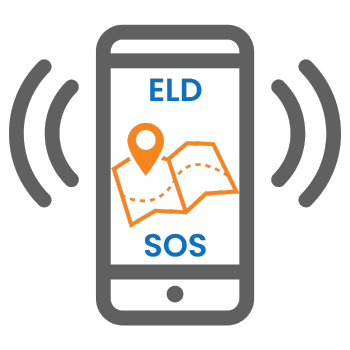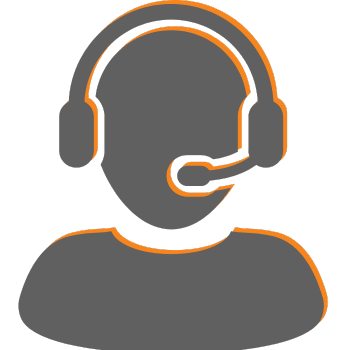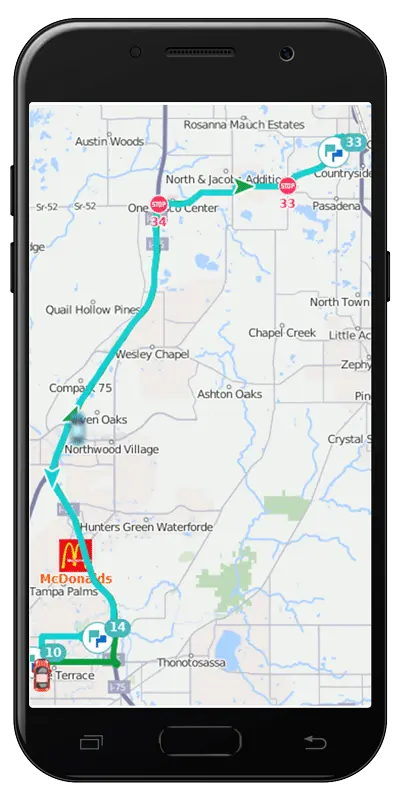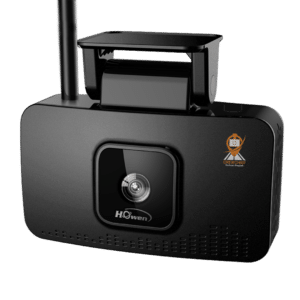The implementation of advanced technologies is crucial for enhancing operational efficiency, ensuring the safety of personnel, and improving response times in public safety fleets. Among these technologies, telematics devices have emerged as indispensable tools for public safety fleets, offering a myriad of benefits that significantly enhance the performance and accountability of these critical services.
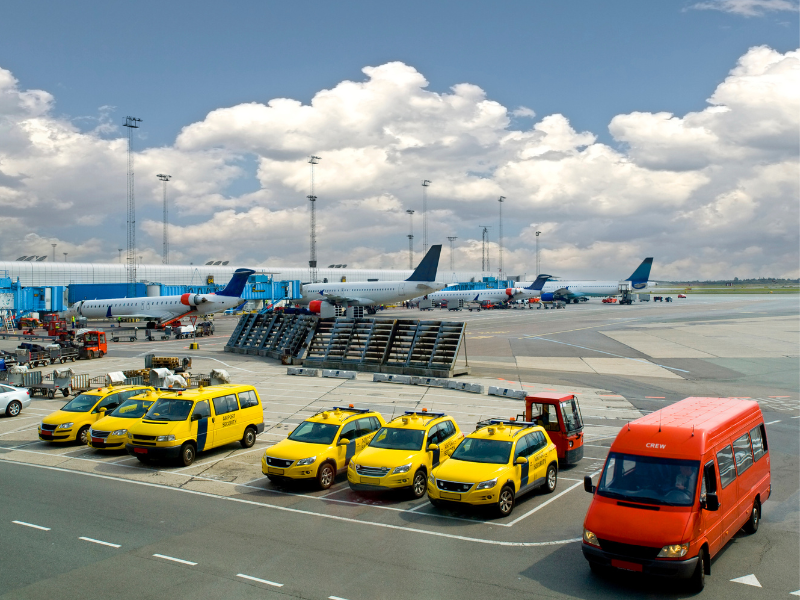
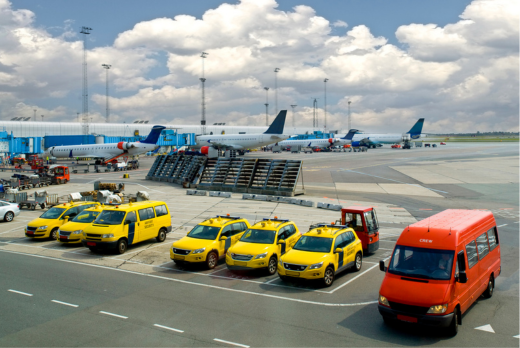
Enhancing Operational Efficiency
One of the primary advantages of telematics devices is their ability to streamline fleet operations. By providing real-time data on vehicle location, speed, and engine status, telematics systems enable fleet managers to optimize route planning and dispatching. This is particularly important for public safety fleets, where timely responses can mean the difference between life and death.
For instance, according to a study by the Federal Motor Carrier Safety Administration (FMCSA), the implementation of telematics devices can lead to a 20% reduction in fuel consumption due to more efficient route planning and reduced idling times. This not only translates to cost savings but also contributes to environmental sustainability by lowering the fleet’s carbon footprint.
Moreover, the integration of telematics with Geographic Information Systems (GIS) allows for dynamic rerouting based on traffic conditions, road closures, or incidents. This ensures that emergency responders can reach the scene as quickly as possible, thereby improving the overall effectiveness of the public safety response.
Ensuring Personnel Safety
Telematics devices play a pivotal role in enhancing the safety of public safety personnel. These systems can monitor driving behaviors such as speeding, harsh braking, and rapid acceleration, which are critical indicators of potential accidents. By analyzing this data, fleet managers can identify risky behaviors and implement targeted training programs to promote safer driving practices.
The National Highway Traffic Safety Administration (NHTSA) reports that aggressive driving behaviors contribute to a significant portion of road accidents. By mitigating these behaviors, telematics can reduce the incidence of accidents involving public safety vehicles. In fact, a study by the National Transportation Safety Board (NTSB) found that fleets using telematics experienced a 22% decrease in accident rates.
Additionally, telematics devices can provide immediate alerts in case of accidents or emergencies. In the event of a collision, the system can automatically notify dispatchers and provide the exact location of the incident, enabling a swift response. This feature is particularly vital for ensuring the safety of lone workers or officers in remote areas who may not be able to call for help themselves.
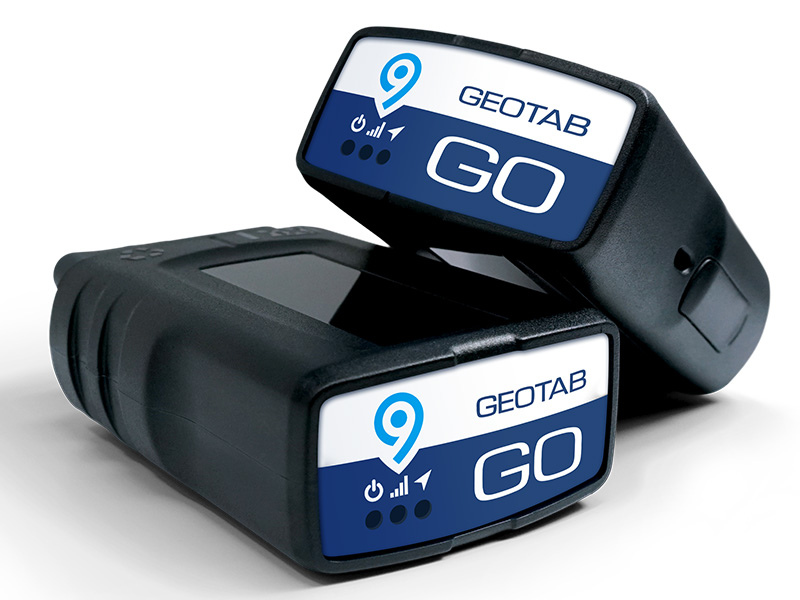
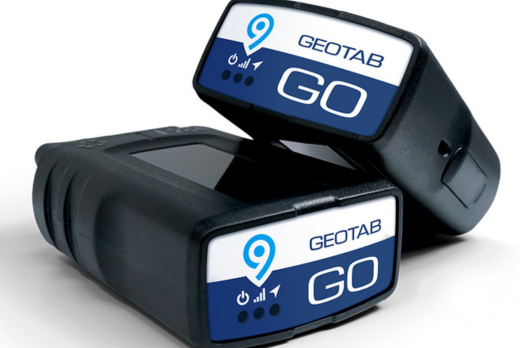
Improving Accountability and Transparency
Accountability and transparency are crucial components of public trust in safety organizations. Telematics devices provide an unbiased record of vehicle usage, which can be invaluable in investigations and audits. For example, in cases of public complaints or legal disputes, telematics data can provide concrete evidence of vehicle speeds, routes taken, and stops made, thereby protecting both the public and the officers involved.
The International Association of Chiefs of Police (IACP) highlights that the use of telematics in law enforcement can enhance accountability by ensuring that officers adhere to departmental policies and procedures. This not only improves public trust but also fosters a culture of integrity and professionalism within the organization.
Facilitating Preventive Maintenance
Regular vehicle maintenance is essential for the reliability and longevity of public safety fleets. Telematics devices can monitor various vehicle metrics such as engine hours, mileage, and diagnostic trouble codes. This data allows fleet managers to implement preventive maintenance schedules, thereby reducing the likelihood of unexpected breakdowns and costly repairs.
According to a report by the American Trucking Associations (ATA), fleets that use telematics for preventive maintenance experience a 25% reduction in maintenance costs. This is achieved by addressing minor issues before they escalate into major problems, ensuring that vehicles remain in optimal condition and are always ready for deployment.
Data-Driven Decision Making with Telematics Devices
The vast amount of data generated by telematics devices provides fleet managers with valuable insights into fleet performance. By analyzing this data, managers can identify trends, such as common routes with high traffic congestion or frequent maintenance issues with specific vehicle models. These insights can inform strategic decision-making, such as fleet procurement, route optimization, and resource allocation.
For example, the City of Austin’s Fleet Mobility Services reported significant improvements in operational efficiency after implementing a telematics system. The city achieved a 15% increase in vehicle utilization and a 10% reduction in total fleet size by using data-driven insights to optimize their operations.
Enhancing Interagency Collaboration
In large-scale emergencies, effective coordination between different public safety agencies is essential. Telematics systems facilitate interagency collaboration by providing a common platform for sharing real-time data. This ensures that all agencies involved in an emergency response have access to accurate and up-to-date information, enabling them to work together more effectively.
The Department of Homeland Security (DHS) emphasizes the importance of interoperable communication systems for disaster response. By integrating telematics data across agencies, public safety organizations can improve their situational awareness and coordinate their efforts more efficiently, ultimately leading to better outcomes in emergency situations.
Conclusion:
The adoption of telematics devices in public safety fleets offers numerous benefits that enhance operational efficiency, ensure personnel safety, improve accountability, and facilitate preventive maintenance. By leveraging the power of real-time data, public safety organizations can make informed decisions, optimize their operations, and respond more effectively to emergencies.
In an era where technology plays a critical role in public safety, the integration of telematics systems is not just an option but a necessity. As the data and statistics demonstrate, the implementation of these devices leads to tangible improvements in fleet performance, safety, and overall effectiveness. Public safety organizations that embrace telematics will be better equipped to serve their communities and protect the lives of both their personnel and the public.
Get industry tips and insights
Sign up for monthly news and tips from our award-winning fleet management blog. You can unsubscribe at any time.


